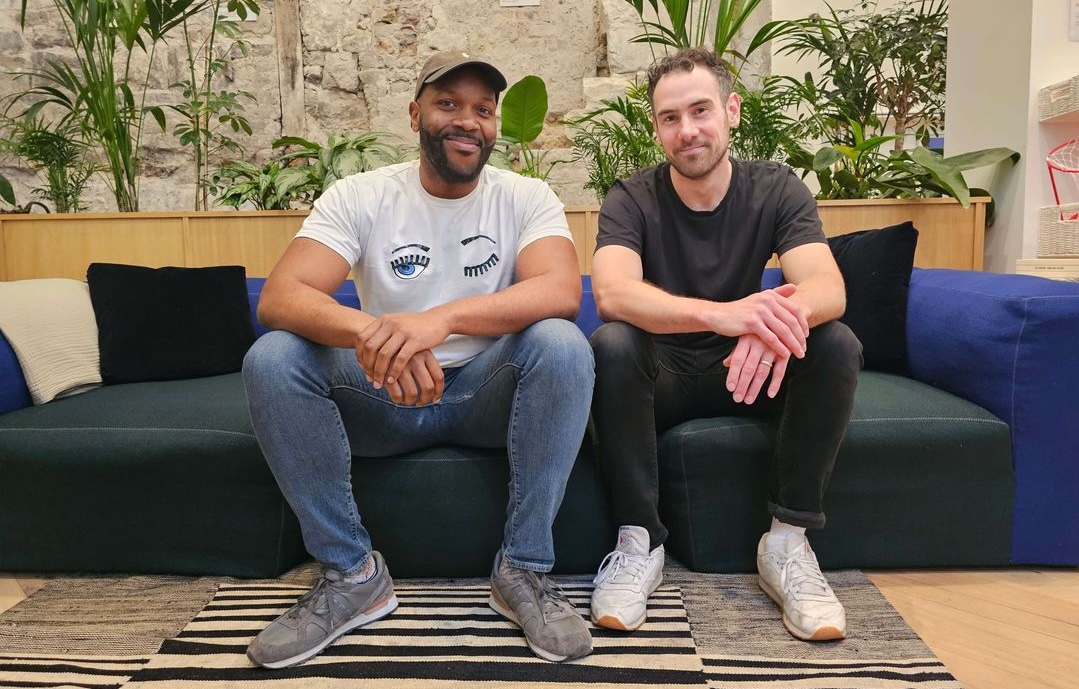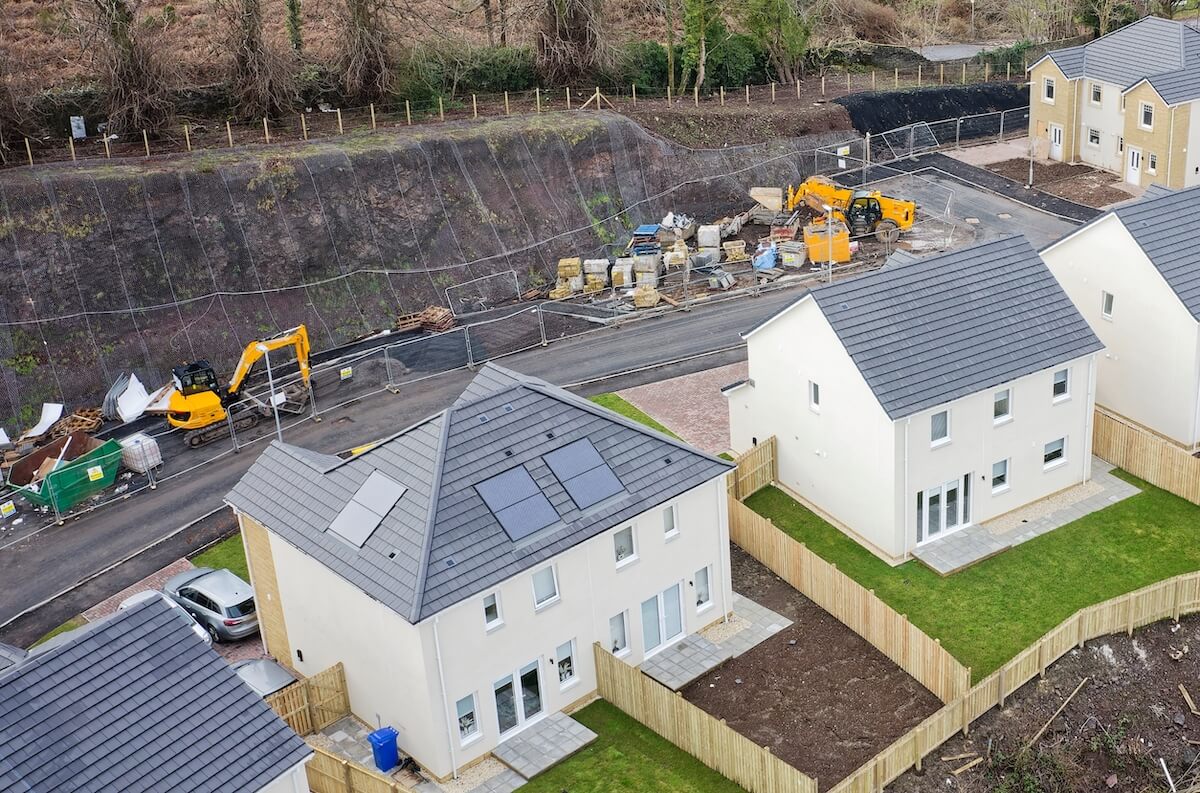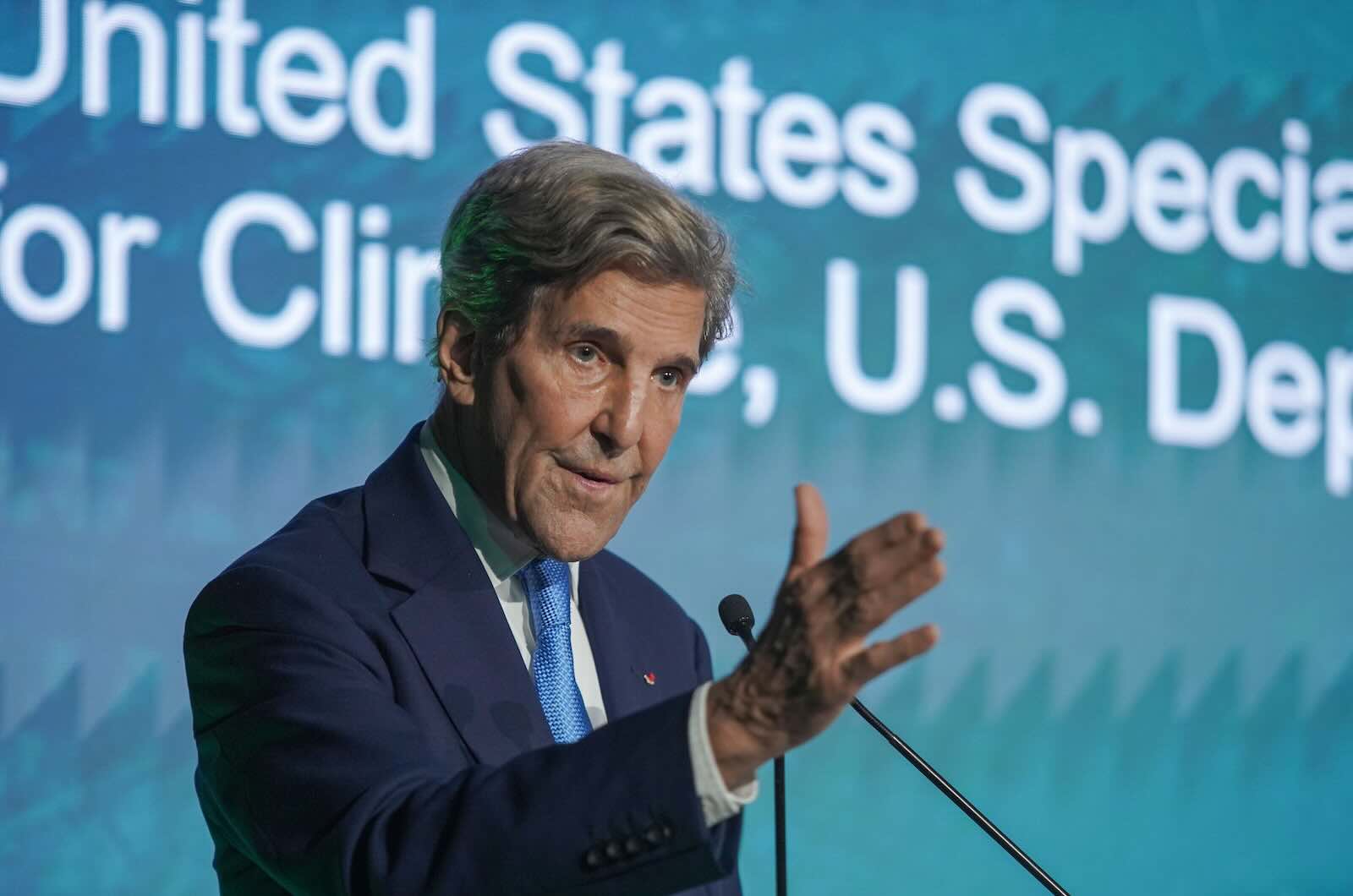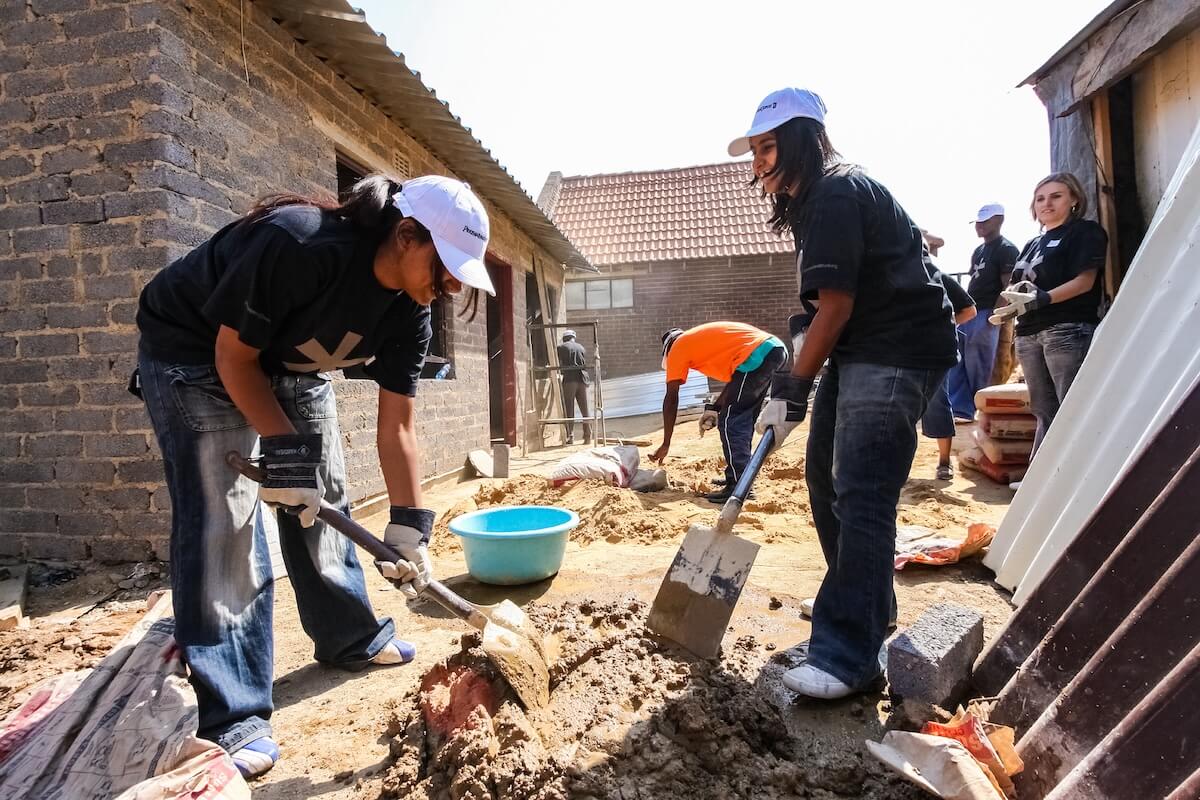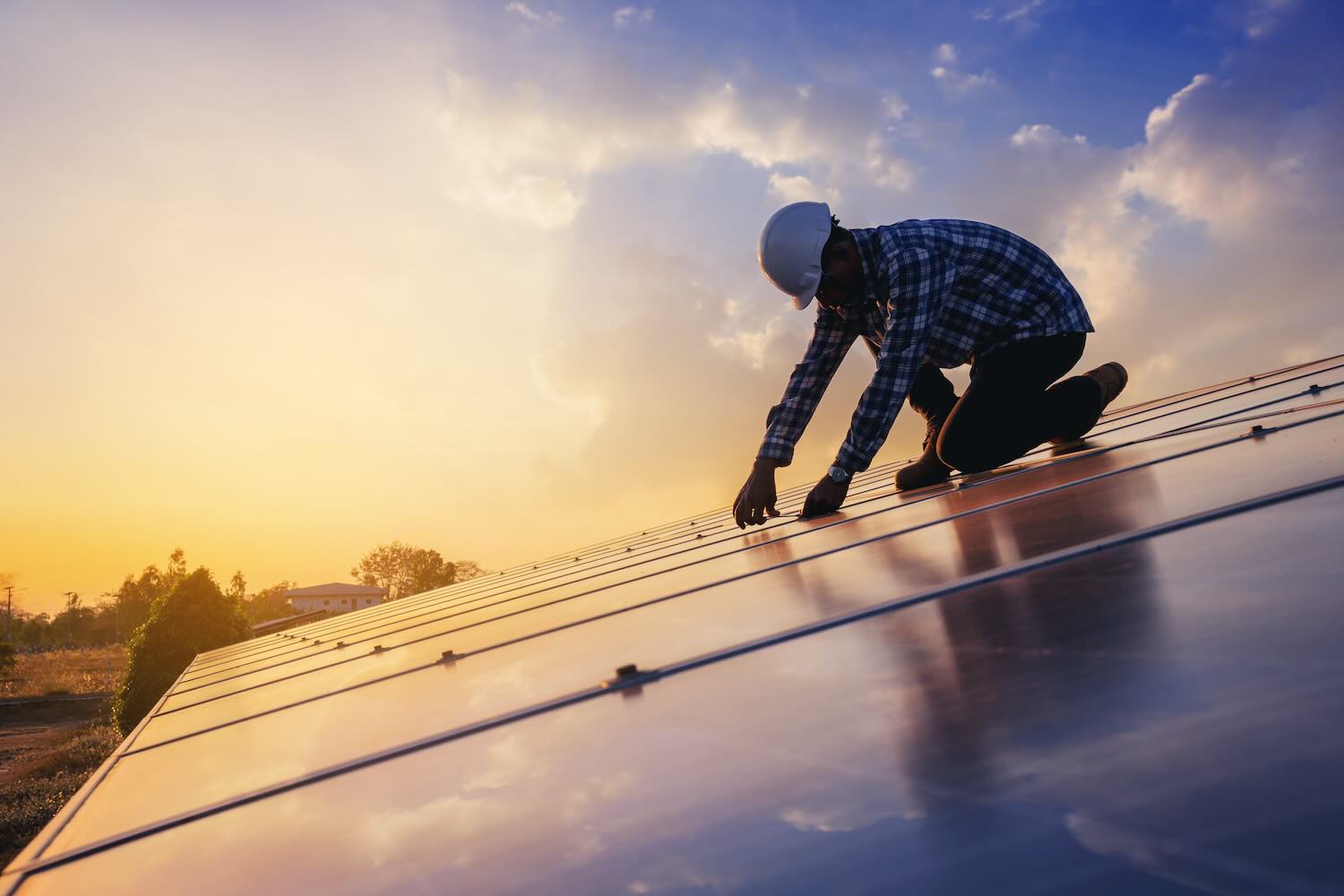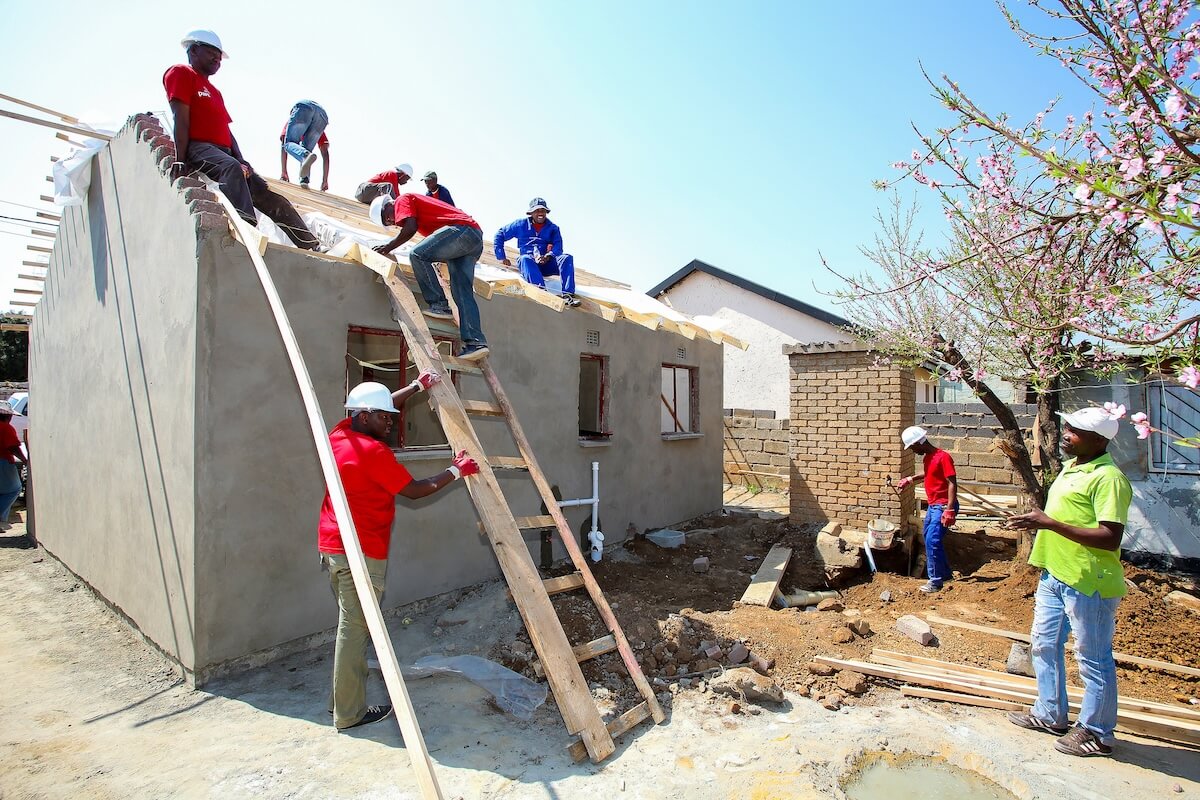Touted as a path to financial inclusion, mobile money directly touches at least 11 of the 17 Sustainable Development Goals, says GSMA, a global association of mobile phone operators, in its 10-year State of the Industry Report on Mobile Money.
“A decade from now, everyone, including the world’s poor, should be able to send money to any number in the world in real time, to pay for goods or services electronically, and to access a wide range of financial products and services,” the report says.
The expansion of mobile money should boost sustainable development as well. The GSMA cites an earlier report from CGAP (pdf), the Consultative Group to Assist the Poor, to showcase the role of digital finance tools in SDG №2, promoting food security.
In Kenya, for example, half of farmers sell their goods via mobile money services. For SDG №3 (achieving good health and well-being), mobile health wallets allow low-income patients to pay for health services. SDG №5 (promoting gender equality) can be accelerated by allowing women to replace unpaid work with income-generating work from their homes. Mobile money is already powering SDG №7, by enabling pay-as-you-go financing that is improving access to water, sanitation and energy.
Since mobile money hit its groove with the launch of M-Pesa in Kenya in 2007, 300 mobile money services have created more than 500 million accounts worldwide. Studies have found a positive effect on poverty alleviation: in Kenya, M-Pesa is credited with helping lift 200,000 households out of extreme poverty.
Photo credit: Gates Foundation, CC BY-NC




